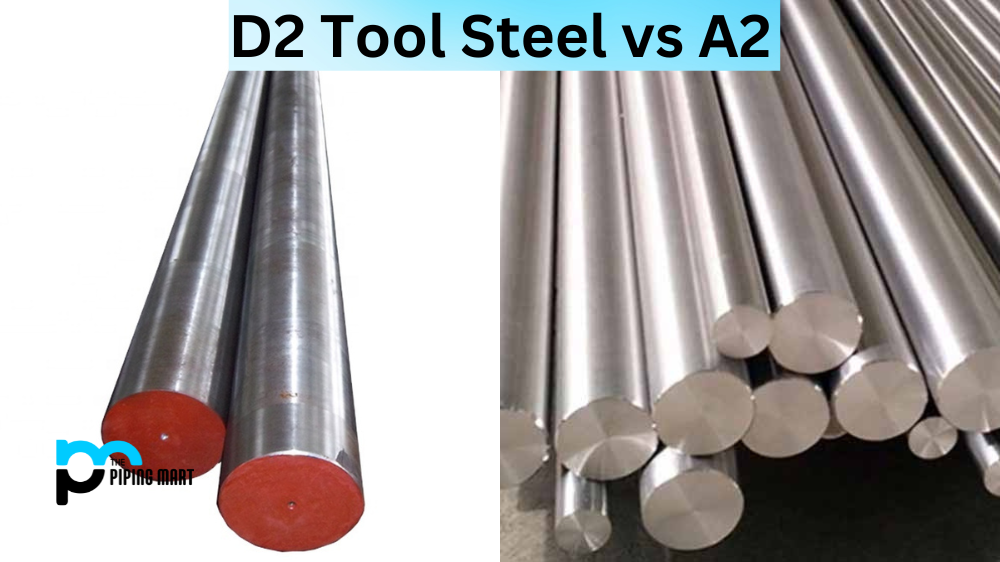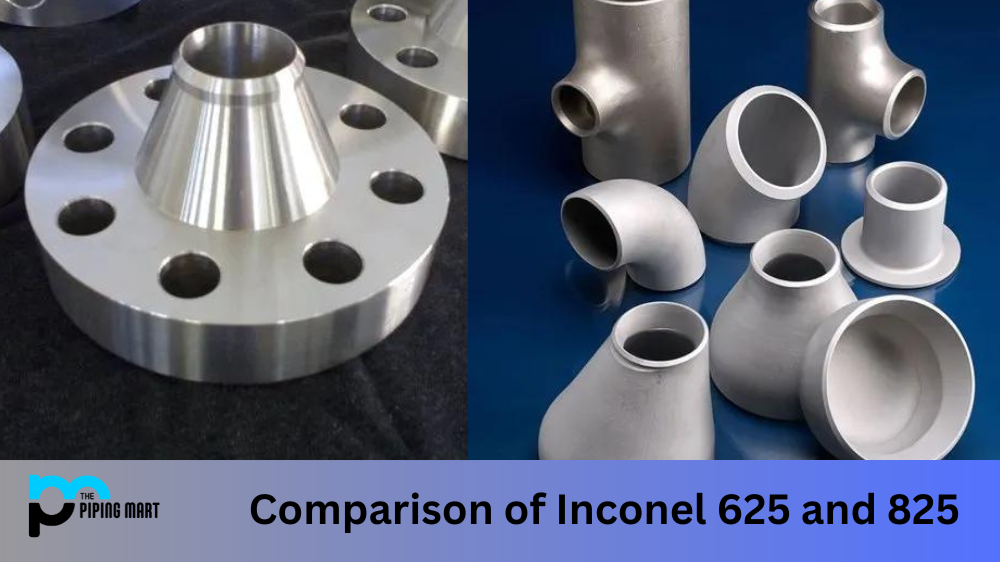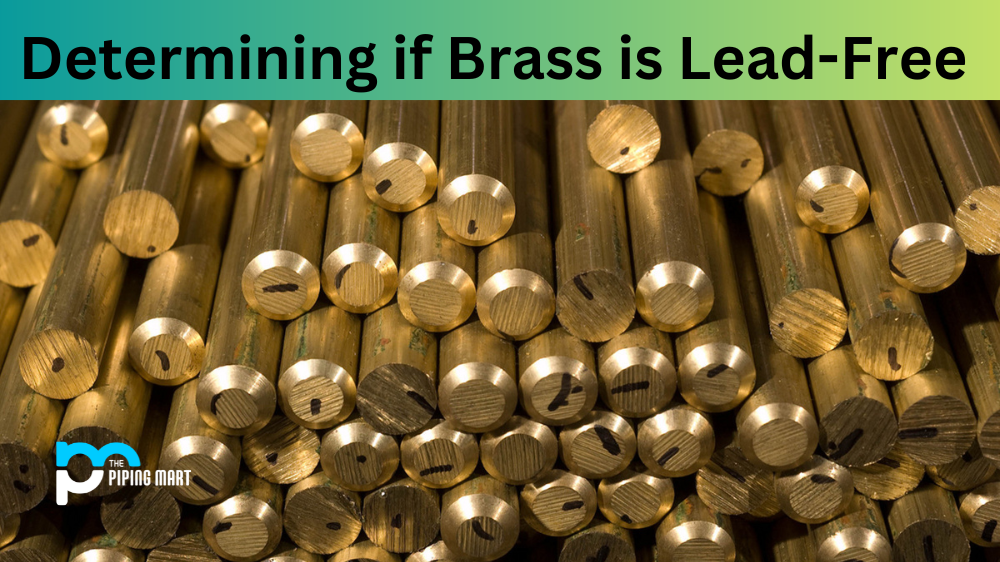If you’re working in the metalworking industry, you must know the importance of choosing the right material for your projects, especially when making cutting tools. Two of the most popular tool steel materials include D2 and A2. Both are known for their excellent durability and wear and tear resistance, but they differ significantly. In this blog post, we’ll break down the differences between these two types of steel and help you decide which one suits your requirements.
Difference Between D2 Tool Steel and A2
Chemical Composition: The main difference between D2 and A2 tool steel lies in their chemical composition. D2 steel is high in carbon and chromium content, making it an exceptional choice for applications that require high wear resistance. A2 steel, on the other hand, contains a higher percentage of chromium, tungsten, and molybdenum, which results in excellent dimensional stability and toughness.
Hardness
D2 steel is considered harder than A2 steel, with a Rockwell hardness between 57-62 HRC, while A2 steel comes with a hardness range of 55-60 HRC. This makes D2 preferred for cutting tools requiring high wear and tear resistance. However, the added toughness in A2 steel makes it an excellent option for more flexible applications.
Machinability
When machining, A2 tool steel is easier to work with than D2 steel. A2 is known for its excellent machinability and can be easily drilled, cut, and shaped in various ways. At the same time, D2 is a tougher material that may require more effort and expertise to work properly.
Price
One of the most significant differences between D2 and A2 tool steel is their price. D2 steel is typically more expensive than A2 because of its high carbon and chromium content, which makes it an attractive option for applications that require the highest level of wear resistance. On the other hand, A2 steel is more affordable but still has exceptional durability and resistance to wear.
Applications
Both D2 and A2 tool steel have their unique applications. D2 steel is primarily used in applications requiring high wear resistance and toughness, such as cutting tools, dies, and punches. On the other hand, A2 steel is an excellent choice for applications that require dimensional stability and toughness, such as blanking dies, forming dies, and plastic injection moulds.
Conclusion
While D2 and A2 tool steel have unique benefits, choosing the right one for your application depends on your needs. If you require exceptional wear resistance and a higher hardness level, D2 steel may be the perfect choice for you. However, if you need a material that offers more flexibility and machinability, A2 tool steel is an excellent option. Regardless of your choice, D2 and A2 are high-quality materials that will deliver excellent results for your metalworking projects.

Hey, I’m Krutik, a casual blogger expert in the metal industry. I am passionate about providing valuable information to my readers. With a background in engineering and construction, I like playing Cricket & watching Netflix shows in my free time. Thank you for visiting my blog, and I hope you find my information helpful!




